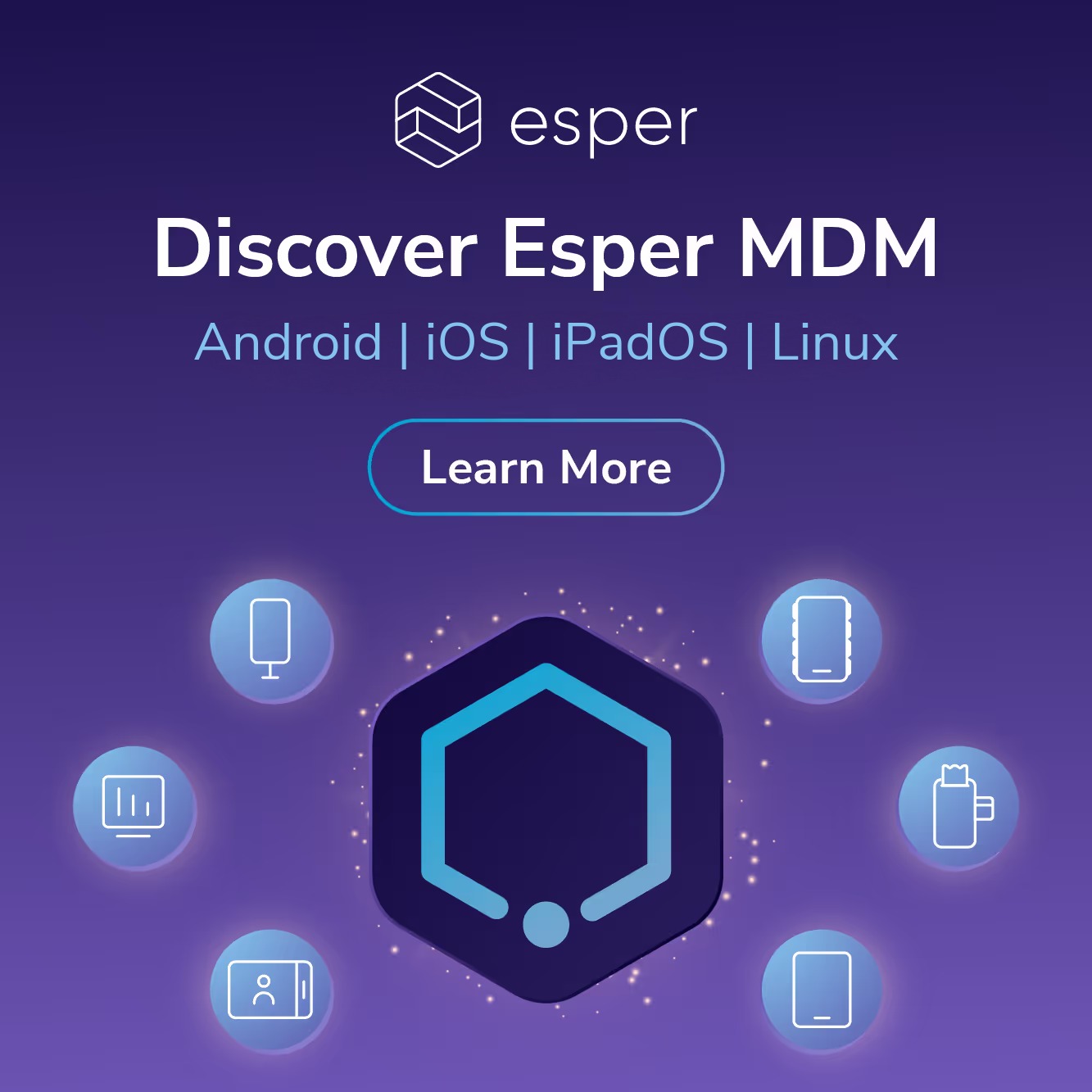Point of sale terminals are simply modern cash registers (which are best described as POS systems). Antiquated definitions of POS terminal, payment terminal, and other terms may specifically refer to credit card machines or card readers. But modern POS terminals universally accept card payment, making this distinction unnecessary and confusing. You can use POS terminal, POS system, POS computer, cash register, cloud POS, and credit card machine or reader interchangeably in most situations.
What are POS terminal computers and components?
A POS terminal is made up of a number of components, some required and some optional. The most important POS system components are listed below.
- POS computer (e.g.: iPad, mini PC, handheld device, etc)
- POS display (may be integrated or discreet)
- POS secondary displays (e.g.: customer-facing screen for loyalty and payment)
- POS receipt printer
- POS card reader (e.g.: the hardware specifically designed for credit cards, which could include contactless or tap to pay)
- POS cash drawer
- POS stand or cabinet
- POS barcode scanner
POS terminals and POS systems use a family of components to achieve their end purpose of processing customer transactions. But the form factors can vary, and devices like mPOS (mobile Point Of Sale) can integrate many of the components into a single piece of hardware. An mPOS device may include a printer, card reader, and a secondary display mode.
Complete POS systems that might be used on a restaurant or retail countertop, though, frequently require most of these components to be procured separately. Some POS system providers integrate more hardware than others, and deciding which approach is best for you requires some real consideration. You can learn more about building a custom POS solution here, including concerns about things like peripheral compatibility and overall cost.
POS terminal vs POS system vs cloud POS
In the past, POS terminals may have been connected to a centralized corporate data mainframe system (a large room or rooms of high-powered computers) for inventory management and transaction processing. Legacy cash registers may not have been connected to any kind of digital infrastructure at all. Today, there rarely is a material difference between a POS terminal, a cloud POS, and a cash register. All describe a POS system.
Today, nearly all POS systems available for purchase are “cloud” POS systems, meaning they connect to the internet and rely on internet-connected services for basic functionality. Legacy POS terminals would likely never connect out to the internet, as they were not designed for cloud security and connectivity requirements. Modernly, terms like payment terminal, credit card machine, credit card reader, and online cash register all refer to the same basic family of devices.
Cloud POS system vs online POS
Cloud POS and online POS systems are identical. However, a true POS terminal — one that is either not online or only connected to internal corporate infrastructure — is different, and it has major disadvantages over a modern cloud POS system. Cloud POS systems can integrate directly with platforms like Salesforce and other CRM tools to directly feed customer and business intelligence from your POS devices into the cloud. This kind of integration is extremely powerful and can drive data-led decisions about operating expenses and overall business strategy.
A cloud POS system also opens up an entirely new path for innovation and efficiency. With remote management, automated deployment tools, and private content cloud, you can own the infrastructure for your network of POS devices. Ensuring POS reachabiltity and uptime is paramount in the era of cloud connectivity, and if you’re looking to enhance your POS solution, come talk to us at Esper. Not all cloud and online POS experiences are equal, and many can require complex configuration and setup.
Esper makes managing and deploying POS systems easy. We work with global brands like NCR, Global Payments, Xenial, Lenovo, and customers like Taco Bell to power amazing point of sale experiences. For more, set up a demo today.
Hardware Selection Guide
FAQ
Keep Exploring
















